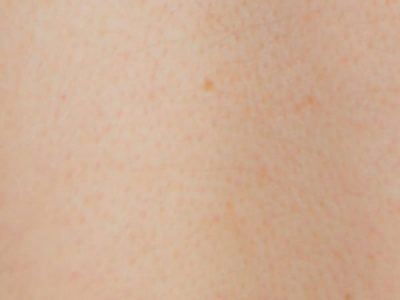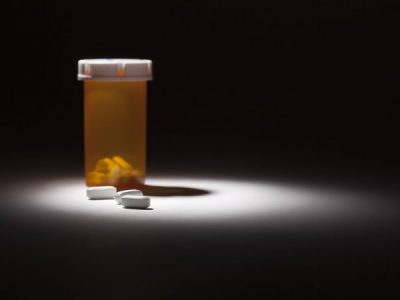A prodrug is an inactive form of a drug that is converted to a pharmacologically active drug within the body by metabolic processes.
Prodrugs are used to overcome pharmaceutical and/or pharmacokinetic barriers of drugs that would otherwise limit their therapeutic usefulness, such as, toxicity, lack of delivery to the site of action, poor stability and poor absorption.
The table below shows examples of prodrugs with the name of the active drugs that they are converted into.
|
Prodrug |
Active drug |
Notes |
|---|---|---|
|
Enalapril |
Enalaprilat |
Enalaprilat is poorly absorbed from the gastrointestinal tract when administered orally. Enalapril is extensively hydrolysed in the liver to enalaprilat. |
|
Levodopa |
Dopamine |
Unlike dopamine, levodopa can cross the blood brain barrier. Levodopa is converted to dopamine in both the periphery and CNS. Levodopa is given with a peripheral dopa decarboxylase inhibitor (e.g. benserazide, carbidopa) to block the peripheral conversion of levodopa to dopamine (this allows a lower dose of levodopa to be administered and reduce the incidence of nausea and vomiting) and increase the amount of levodopa that reaches the brain for conversion to dopamine by the enzyme aromatic L-amino acid decarboxylase. |
|
Carbimazole |
Thiamazole (also known as methimazole) |
Carbimazole is rapidly and almost completely metabolised to thiamazole. |
|
Fosphenytoin sodium |
Phenytoin |
Fosphenytoin is a water-soluble prodrug that was developed to overcome the problems that were associated with giving phenytoin parenterally. Fosphenytoin is rapidly metabolised to phenytoin by endogenous phosphatases in the body. |
|
Oxcarbazepine |
MHD (monohydroxy derivative) |
Oxcarbazepine is structurally related to carbamazepine. Oxcarbazepine differs from carbamazepine in its lack of auto induction and less potential for drug interactions. Oxcarbazepine is rapidly metabolised to its pharmacologically active metabolite, MHD, by cytosolic enzymes in the liver. |
|
Clopidogrel |
Thiol derivative |
Clopidogrel is a prodrug which is metabolised by cytochrome P450 enzymes to form the active thiol derivative. The thiol derivative prevents the binding of ADP (adenosine diphosphate) to its platelet receptor, which in turn blocks the ADP-mediated activation of the glycoprotein GPIIb/IIIa complex and thus inhibiting platelet aggregation. |
|
Dabigatran etexilate |
Dabigatran |
Dabigatran etexilate is converted to the active drug dabigatran by esterase-catalysed hydrolysis. Dabigatran etexilate was developed as dabigatran is highly polar and charged, thus resulting in poor gastrointestinal absorption, whereas dabigatran etexilate is highly lipophilic and rapidly absorbed from the gastrointestinal tract. Dabigatran is a direct thrombin inhibitor. |
|
Fenofibrate |
Fenofibric acid |
Fenofibrate is rapidly hydrolysed to fenofibric acid. |
|
Valganciclovir |
Ganciclovir |
Oral bioavailability is improved with valganciclovir. Valganciclovir is rapidly converted to ganciclovir by hepatic and intestinal esterases. |
|
Valaciclovir |
Aciclovir |
Oral bioavailability is improved with valaciclovir. Valaciclovir is rapidly converted to aciclovir and valine. |
|
Famciclovir |
Penciclovir |
Oral bioavailability is improved with famciclovir. Famciclovir is rapidly converted to penciclovir. |
|
Oseltamivir phosphate |
Oseltamivir carboxylate |
Oral bioavailability is improved with oseltamivir phosphate. Oseltamivir phosphate is rapidly converted to oseltamivir carboxylate by hepatic esterases primarily. |
|
Adefovir dipivoxil |
Adefovir |
Oral bioavailability is improved with adefovir dipivoxil. Adefovir dipivoxil is rapidly converted to adefovir. |
|
Latanoprost |
Latanoprost acid |
Latanoprost the prodrug is better absorbed through the cornea than latanoprost acid where latanoprost is converted by hydrolysis to latanoprost acid, the active drug. |




